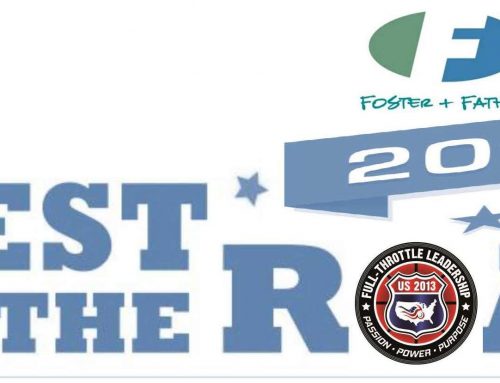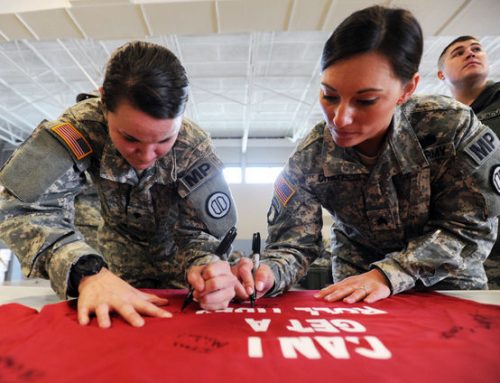It’s not often you get a chance to be part of something truly historic. I had that opportunity earlier this year on Nov. 22. in a place named Dealey Plaza. It’s a location I know well.
Some of you might not know that I spent many years researching the Assassination of President John F. Kennedy for a variety of book, film and educational projects. Since 2013 marked the 50th Anniversary of the JFK Assassination, interest in the historical events of Nov. 22-24, 1963 was at an all-time high this year, providing me an opportunity to speak to several groups visiting Dallas. For many, the death of JFK is seared into our life experience – we all know where we were when we heard President Kennedy had been shot – and that moment is as real to us as Pearl Harbor or the Terrorist Attacks on 9-11 are to those generations.
Still, I am amazed at the number of people from all walks of life and of all ages who are still so fascinated and knowledgeable on this subject. It is always interesting to hear the different theories and explanations from those in my audience. They run the gamut, from the weird to the wild, and information exchange between the participants is always lively. Whether you accept the official findings of The Warren Commission or believe in a larger conspiracy, I try to focus on the historical record and detail how the paths of President Kennedy, alleged assassin Lee Harvey Oswald and Dallas nightclub owner Jack Ruby converged on Elm Street and forever changed the course of history.
The 50th Anniversary focused the eyes on the world on Dallas earlier this year, as the city played host to a moving memorial tribute to President Kennedy. I was among those honored to participate on Nov. 22 in Dealey Plaza and to see many of the people whose names are forever linked to the Kennedy Assassination; journalists Hugh Aynesworth and Dan Rather, former Secret Service Agent Clint Hill and Marie Tippit (widow of Dallas police office J.D. Tippit) all participated in the official memorial. Others, including researchers Dr. Cyril H. Wecht, Mark Lane and Robert Groden were in Dallas at the same time for related events.

It has taken Dallas many years to come to terms with the death of President Kennedy, a nightmare that occurred on its downtown city streets. During his opening remarks at the memorial ceremony, Mayor Mike Rawlings recalled a time long ago when Dallas was labeled “the City that Hates” in the wake of the JFK Assassination. “In those awesome days, the most powerful searchlight man possesses was focused on this city. Every flaw, every raw spot, every wrinkle, and every uncleanness was put under a microscope and shown to the world.”
Dallas has done itself proud in those ensuing years since those dark days in November 1963. It began by chronicling the life and legacy of President Kennedy in world-class museum, The Sixth-Floor Museum at Dealey Plaza. Civic leaders and citizens alike worked together to improved the substance of our city, not just its image. Out of an unspeakable tragedy, the people of Dallas shaped their future with the same energy and optimism that would have made President Kennedy proud too.

The JFK ceremonies opened with a procession by a six-member bagpipes and drums corp
On a cold and rainy November day, 50 years after the death of JFK, Dallas once again had the world’s attention back on itself. I stood among 5,000 dignitaries, media and people from around the world listening to the words of President Kennedy ring out across Dealey Plaza:
“The problems of the world cannot possibly be solved by skeptics or cynics, whose horizons are limited by the obvious realities. We need men who can dream of things that never were, and ask why not?”
This time, we held our heads high.




